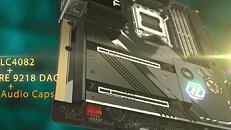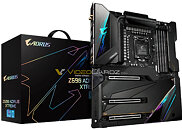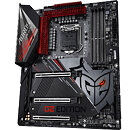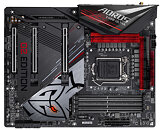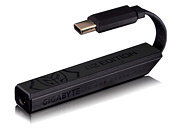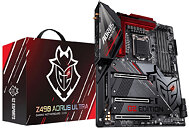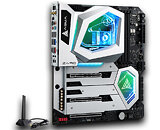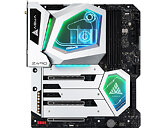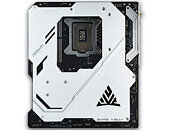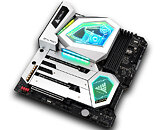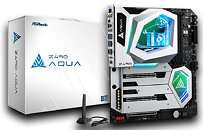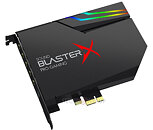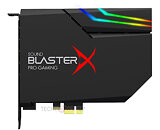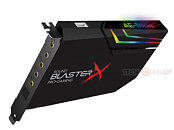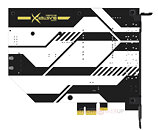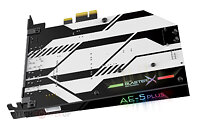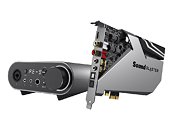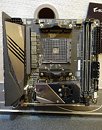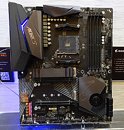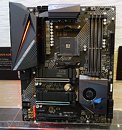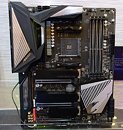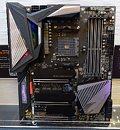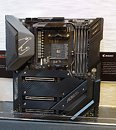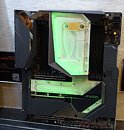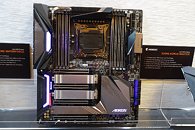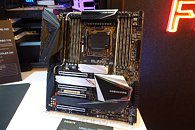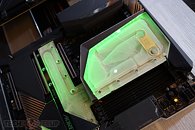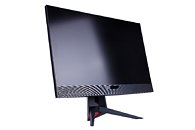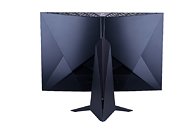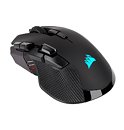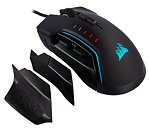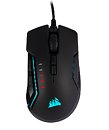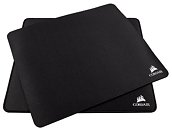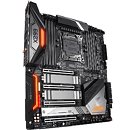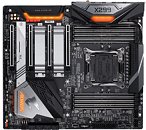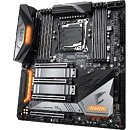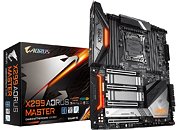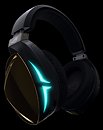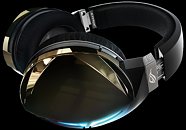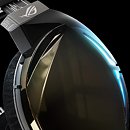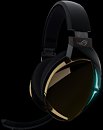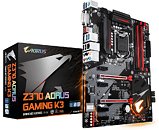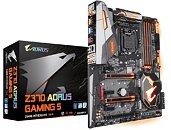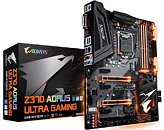
Microsoft Introduces Surface Pro 10 and Surface Laptop 6 Models for Business
We are excited to announce the first Surface AI PCs built exclusively for business: Surface Pro 10 for Business and Surface Laptop 6 for Business. These new PCs represent a major step forward in customer-focused design and are packed with features that business customers have been requesting - from amazing performance and battery life to more ports, better security and custom, durable anti-reflective displays. These are the first Surface PCs optimized for AI, with the new Copilot key being added to Surface Laptop 6 and Surface Pro keyboards that accelerate access to the best Windows AI experiences. In addition to the new Surface for Business products, we are pleased to announce the Microsoft Adaptive Accessories will now be available to commercial customers.
These new PCs are powered by the latest Intel Core Ultra processors. We partnered with Intel to deliver the power and reliable performance our customers depend on, along with compelling AI experiences for Surface and the Windows ecosystem. Surface has also been leading in Neural Processing Unit (NPU) integration to drive AI experiences on the PC since 2019, and the benefits of these connected efforts are evident. From a performance perspective, Surface Laptop 6 is 2x faster than Laptop 52, and Surface Pro 10 is up to 53% faster than Pro 9. The benefits of the NPU integration include AI features like Windows Studio Effects and Live Captions and the opportunity for businesses and developers to build their own AI apps and experiences.
These new PCs are powered by the latest Intel Core Ultra processors. We partnered with Intel to deliver the power and reliable performance our customers depend on, along with compelling AI experiences for Surface and the Windows ecosystem. Surface has also been leading in Neural Processing Unit (NPU) integration to drive AI experiences on the PC since 2019, and the benefits of these connected efforts are evident. From a performance perspective, Surface Laptop 6 is 2x faster than Laptop 52, and Surface Pro 10 is up to 53% faster than Pro 9. The benefits of the NPU integration include AI features like Windows Studio Effects and Live Captions and the opportunity for businesses and developers to build their own AI apps and experiences.
































